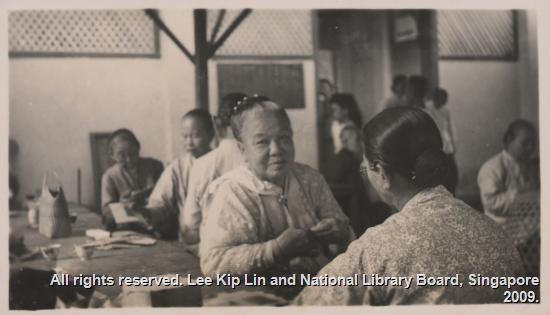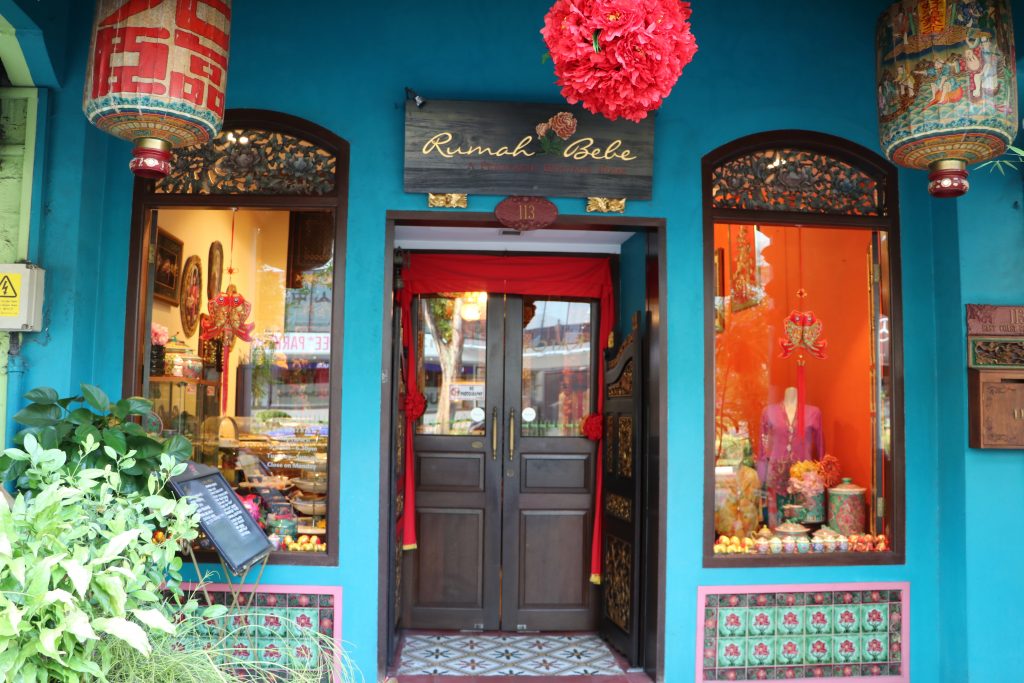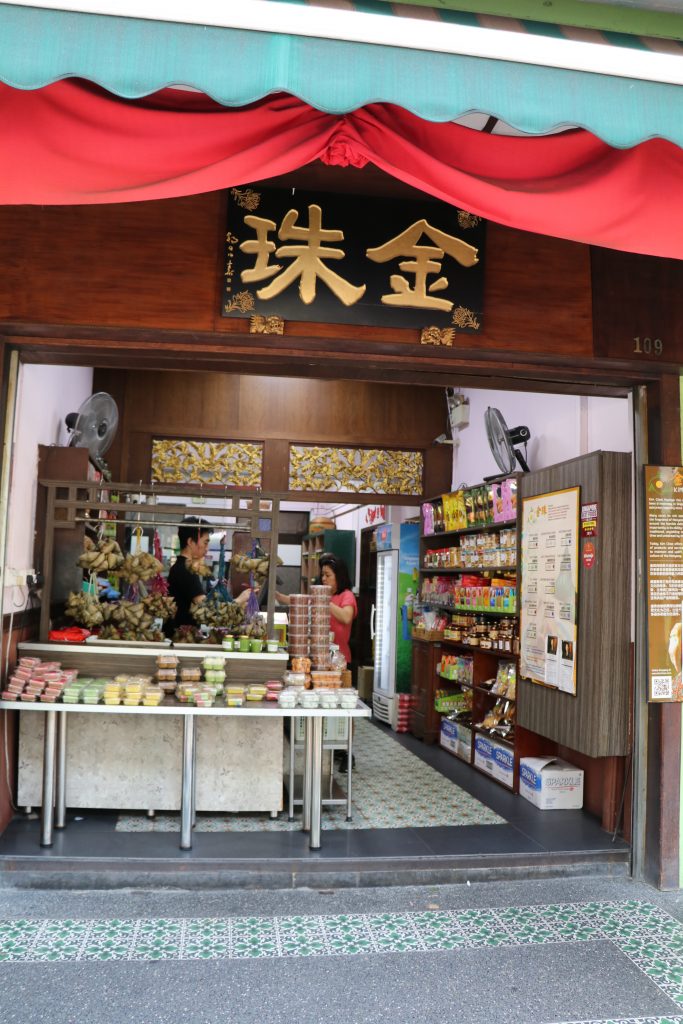The Peranakan Heritage in Katong
What is a Peranakan, or who are the Peranakans? The term is often referred to their cuisine. “Oh I love to eat Peranakan food!” as one might quip. The term Peranakan refers to people of a Chinese/Malay/Indonesian mixed heritage. Their origins go as far back as 15th-century Malacca where Chinese traders married local women.

Peranakan people in the past – image from NLB
Babas are the males in the Peranakan community while females are known as Nonyas. However, with the passing of time, some traditional Peranakans have lost some of their cultural practices while some have retained it. The unique “Peranakan” word is an Indonesian/Malay word that means “local born”, however, not all Peranakans have their Chinese ancestry.
Much of the Peranakan culture started to disappear after the post-war years. Today’s young Peranakans don’t speak Malay, and they are not interested in their culture or cuisine whom their fathers or grandfathers had cherished. However, in 2008, our local TV station’s “The Little Nonya” production started to reignite the passion and popularity of Peranakan cuisine and lifestyle.
Katong area is rife with Peranakan families. Some have lived there for decades but saw the decline in their heritage and culture as the younger generation find such elements uninteresting. This unique hybrid culture was a mesh of Malay, Chines, and Western influences. While some cultures of Peranakans may differ from family to family (i.e. Eurasian Peranakans, Chinese Peranakans, etc), one element that remains constant is the language. While English was the mode of communication, the Peranakans speak Baba Malay – an adulteration of the Malay language interspersed with Hokkien words and phrases.

Iconic shophouses along Katong
Their fluency in English allowed many Peranakans in the past to be successful traders, shopkeepers, real estate agents, bankers, and even shipowners. Many were appointed by the British authorities as civic and community leaders.
With their wealth, they bought homes across Singapore most notably in Katong/Joo Chiat. The area’s association with Peranakans can be traced back to the early 20th century. Their influence in architecture can be witnessed in a residential shophouse-style home situated along Koon Seng Road. The stretch of Katong Road is dotted with a proliferation of Peranakan eating establishments. Aside from cooking, Peranakan girls in the past were forced to excel in beadwork and embroidery which epitomised Peranakan fashion. The “Nonya Kebaya” was the traditional costume for Nonyas, which essentially replaced the baju panjang (Malay for “long dress”) as the outfit of choice from the 1920s.

Sarong Kebaya – MsBabelLoveBebes
Katong Road’s Kim Choo and Rumah Bebe are two Peranakan establishments that offer tourists and locals a chance to savour Peranakan tit-bits and food. Rumah Bebe has a large assortment of Peranakan fashion and lifestyle products for you to peruse and try.

The ornate doors and decor of Rumah Bebe
Kim Choo’s renowned bak zhang (rice dumplings) are a must-try when you come to Katong. In fact, Kim Choo conducts workshops for you to make your own Nonya tarts amongst other activities.

Kim Choo’s rice dumpings are a must-try!
Coming to Katong is all about discovery and exploration. While the good old days are gone, there are still remnants of Peranakan culture, history and heritage. Thankfully, some of the scions of Peranakan businesses are protecting and preserving their heritage in the hope that future generations will be able to imbibe, learn, and understanding this unique group of people.

